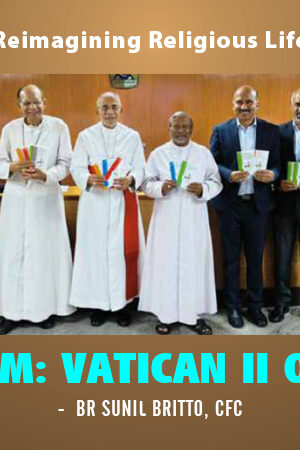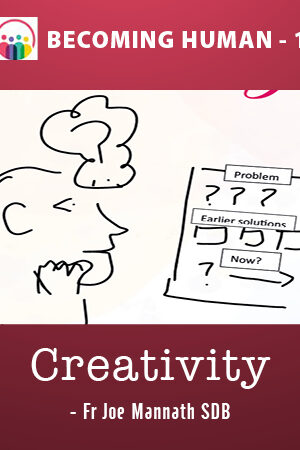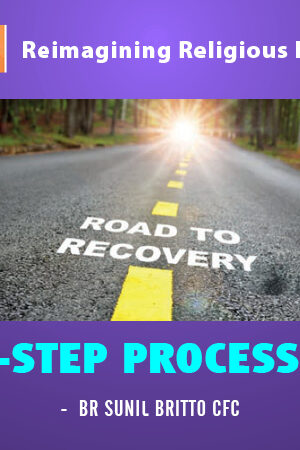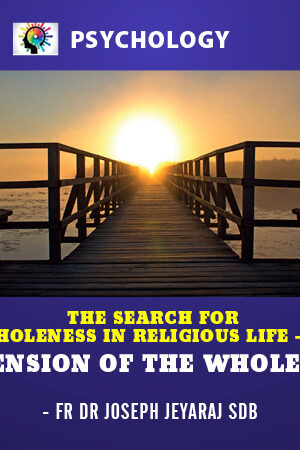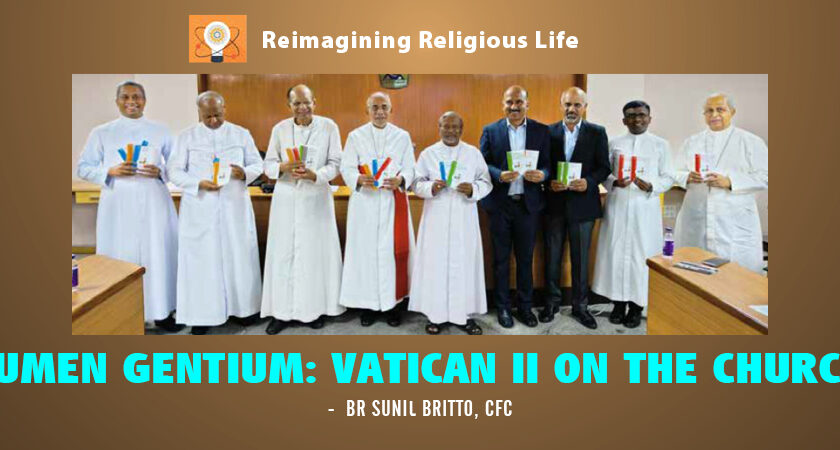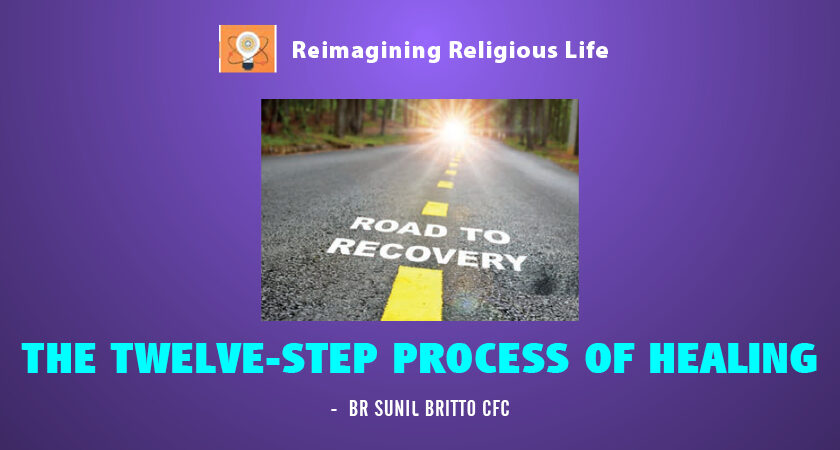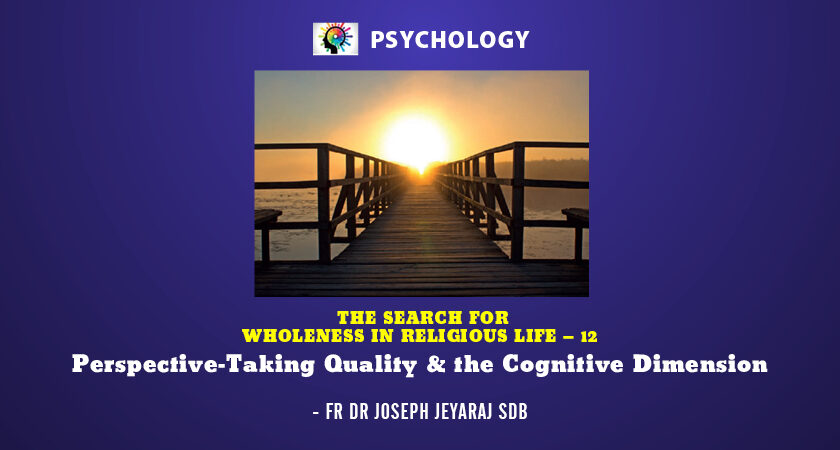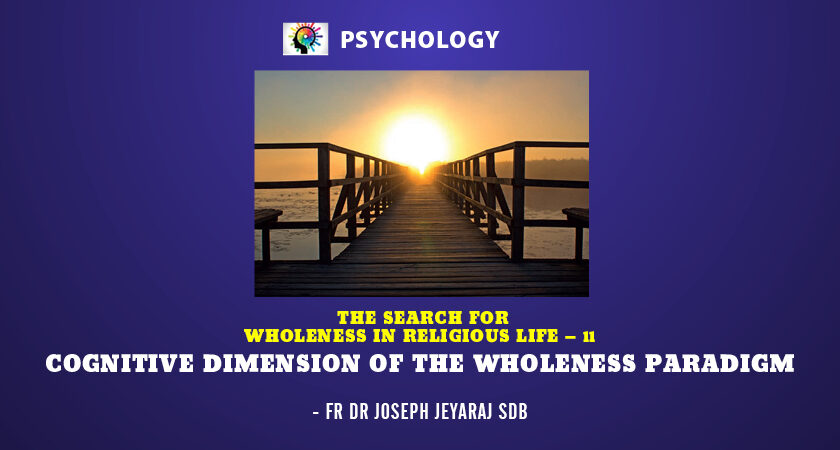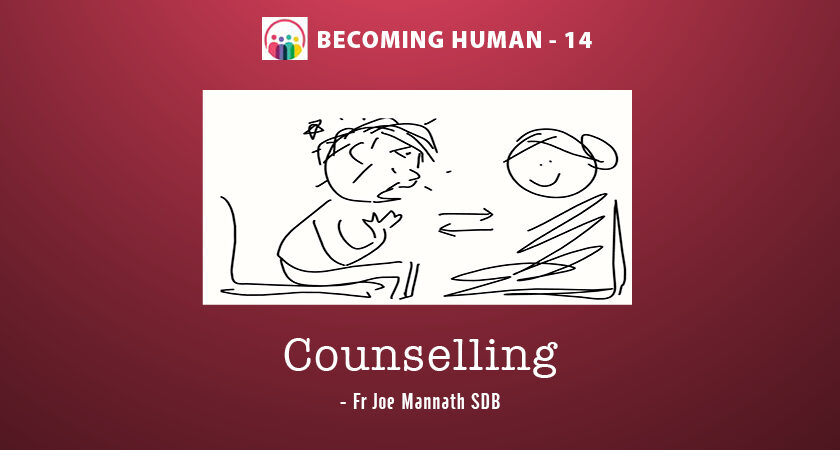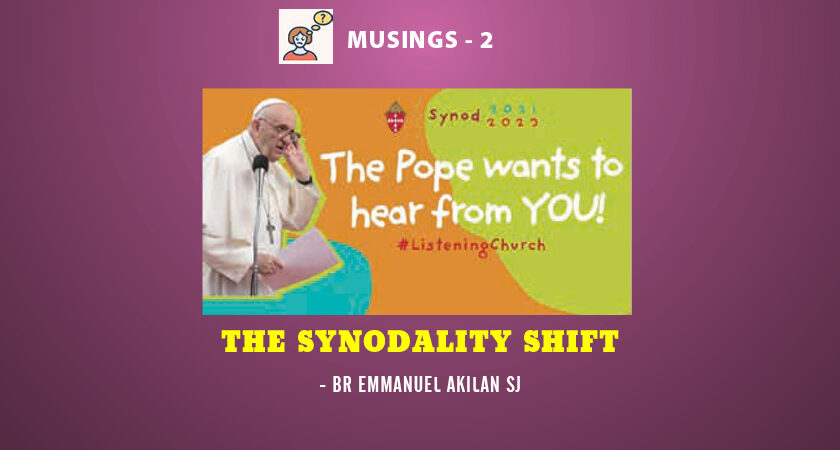Pope Francis urged Catholics around the globe to prepare themselves for the Jubilee year 2025 by studying the documents of the Second Vatican Council, especially its four Dogmatic constitutions. In this article, I will explore some groundbreaking themes from what is known as the most important Conciliar document on the Church itself – Lumen Gentium.
Light of the Nations
When Vatican II titled its document on the Church ‘Lumen Gentium,’ which means ‘Light of the Nations,’ it aimed to articulate the Church’s role and purpose. In the same way as Christ is the light for all nations, the Church is tasked with spreading that illuminating presence throughout the world. Instead of giving a name that would have the Church focused on itself, in a masterstroke move, the Council Fathers opted for a Christocentric title.
The Church is to Christ as John the Baptist was to Jesus. The Church is just as John the Baptist was not the Light itself, but rather a witness to the Light (Jn 1:7-9). Adopting a spiritual stance akin to that of John the Baptist, the Church echoes his words about Jesus: “He must increase, but I must decrease” (John 3:30).
In what ways can you let Christ shine through your life and actions?
The Mystery Of The Church
God does not call us to go to church but to be his Church. The Council fathers encapsulated this understanding by introducing a chapter right at the outset titled as ‘The Mystery of the Church’. The essence of the Church extends beyond physical structures or hierarchical arrangements. Pope Paul VI, would say that the Church is a mystery or sacrament, meaning it is “a reality imbued with the hidden presence of God”.
To read the entire article, click Subscribe
